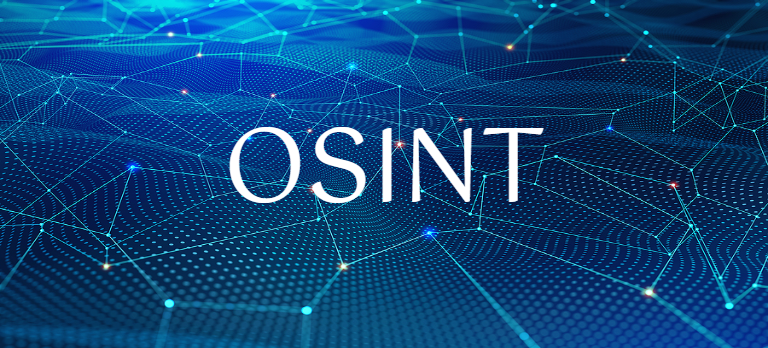Navigating the world of government marketing, or B2G (business-to-government), can feel like decoding a complex web of acronyms and bureaucratic jargon. Unlike traditional business-to-business (B2B) or business-to-consumer (B2C) marketing, B2G requires a tailored approach that emphasizes trust-building and understanding the unique governmental landscape. With the government buying cycle often extending over a year or more, creating a meaningful connection is crucial. Here are four essential strategies to successfully market to government agencies and build the trust needed to secure contracts.
1. Embrace Thought Leadership
In the realm of B2G, thought leadership stands out as a powerful tool for establishing credibility and trust. Instead of focusing solely on product features, thought leadership involves sharing insights and knowledge on industry trends, technological advancements, or specific government-related challenges. This approach helps demonstrate expertise and align with government priorities.
For instance, if your solution involves Artificial Intelligence (AI) or cybersecurity, developing content that discusses these technologies’ benefits in the context of government mandates or challenges can be highly effective. Government buyers value educational content that address their needs and help them improve efficiency and effectiveness. By providing valuable information through research reports, webinars, podcasts, and white papers, you can set the stage for a receptive audience when it comes time to present specific proposals.
2. Implement Account-Based Marketing
Government agencies are diverse, with unique missions, cultures, and challenges. To effectively reach and engage them, an account-based marketing (ABM) strategy is essential. ABM involves tailoring your marketing efforts to specific agencies or groups of agencies, recognizing their distinct needs and goals.
By leveraging public agency strategy documents, you can align your messaging with the specific objectives and challenges faced by each agency. This tailored approach helps build trust by showing that you understand their mission and have solutions that meet their particular needs. Whether targeting defense departments, healthcare agencies, or financial oversight bodies, your content and campaigns should reflect an intimate knowledge of each agency’s strategic goals.
3. Engage Through Government-Focused Events
Direct interaction with government professionals is invaluable for building relationships and trust. Government-focused events such as conferences, trade shows, and association meetings provide opportunities to engage with decision-makers, understand their challenges, and showcase your solutions.
Attending these events allows you to network with industry peers and government representatives. Additionally, hosting your own events—whether live or virtual—can offer more control over the content and interactions. Partnering with respected third parties, such as associations or media organizations, can further enhance credibility and ensure that your event is perceived as informative rather than purely sales-oriented.
4. Leverage Social Media
Historically, social media was less significant in B2G marketing due to restricted access on government networks. However, with the rise of remote work, this is changing. Government employees are increasingly accessing social media through personal devices, making platforms like LinkedIn more relevant for B2G marketing.
Utilizing LinkedIn for sharing insightful content, including short explainer videos and articles, can effectively capture the attention of federal buyers. The shift towards remote work has also increased the opportunities for digital engagement, so incorporating social media into your marketing strategy can help reach government professionals during work hours and beyond.
Speaking the Language of Trust
To succeed in B2G marketing, understanding the government’s unique language and buying processes is crucial. This involves addressing the specific concerns of different decision-makers—whether it’s data protection for a Chief Information Officer, mission impact for a Program Manager, or IT integration for a Chief Technology Officer. Ensuring that your solutions meet government compliance standards and security regulations is essential, as any marketing effort will be in vain if it doesn’t align with these requirements.
While B2G marketing might not always have the same flashy appeal as B2B or B2C campaigns, its impact can be profound. By focusing on building trust and demonstrating a genuine understanding of government needs, you contribute to the effectiveness of public service and the overall betterment of government operations.
For a full insight into B2G Marketing, read our white paper, What Matters Most in B2G Marketing: Four Key Efforts to Build Trust.










